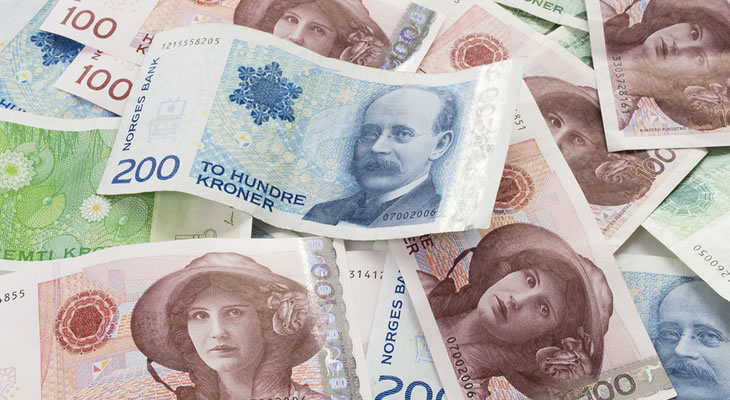The Pound to Norwegian Krone exchange rate was bolstered by UK data throughout the week, while the Krone was held back by underwhelming data from oil markets despite a better-than-expected Norwegian employment report.
GBP NOK climbed from the week’s opening level of 10.54 and briefly hit a weekly high of 10.63 on Thursday night – its highest level since the beginning of 2017.
The primary reason for this week’s GBP NOK gains was Britain’s better-than-expected ecostats throughout the week, which improved the Pound outlook not just in the short term but in the long-term too.
Tuesday’s UK inflation report indicated that consumer prices were rising even faster than expected. Markets speculate this will increase the pressure on the Bank of England (BoE) to tighten UK monetary policy in the coming year.
Thursday saw the publication of Britain’s February retail sales stats, which came in well above expectations and bolstered hopes that Britain’s services sector and overall growth would not be significantly damaged by inflation during the Brexit process.
Despite analysts warning of caution that retail could still slump in the coming months, Sterling enjoyed solid gains for most of the week. It was able to capitalise against a weaker Norwegian Krone due to the week’s poor oil data.
Prices of Norway’s most lucrative commodity have slumped throughout the week as doubts build that OPEC’s oil production cut plans will be enough to keep the oil supply glut at bay – especially with the US continuing to ramp up shale oil production.
Some analysts are now warning that oil could fall into US$30 per barrel if the OPEC deal falls apart.
This weekend, OPEC and its allies are expected to be reviewing the oil cuts so far. With prices falling again, many analysts predict the oil production cuts could be extended until at least the end of 2017.
However, if even continued production cut plans fail to keep the commodity’s prices high or keep gluts at bay, oil-correlated currencies like the Norwegian Krone are likely to see a long-term drop in demand in forex markets.
This is despite analysts from the Danske Bank taking a cautiously bullish on the movement of the Norwegian Krone this week.
The past week also saw the publication of Norway’s February unemployment rate, which beat expectations and helped to limit GBP NOK’s gains. Unemployment was predicted to worsen from 4.4% to 4.5%, but instead fell to 4.2%. This had little notable impact on long-term NOK movement however.
Long-term Pound to Krone movement has potential to shift further in the coming week depending on the outcome of oil producer meetings, as well as key events in Britain.
Next Wednesday, the UK government plans to finally activate Article 50 and formally begin the Brexit process. The Brexit process is expected to take around two years, but uncertainty is high and could lead to long-term jitters in GBP trade.
The long-term Pound outlook could also be shifted if next Friday’s UK Gross Domestic Product (GDP) results miss expectations in some way.
At the time of writing, the Pound to Norwegian Krone exchange rate trended in the region of 10.59. The Norwegian Krone to Pound exchange rate traded at around 0.0943.


Comments are closed.